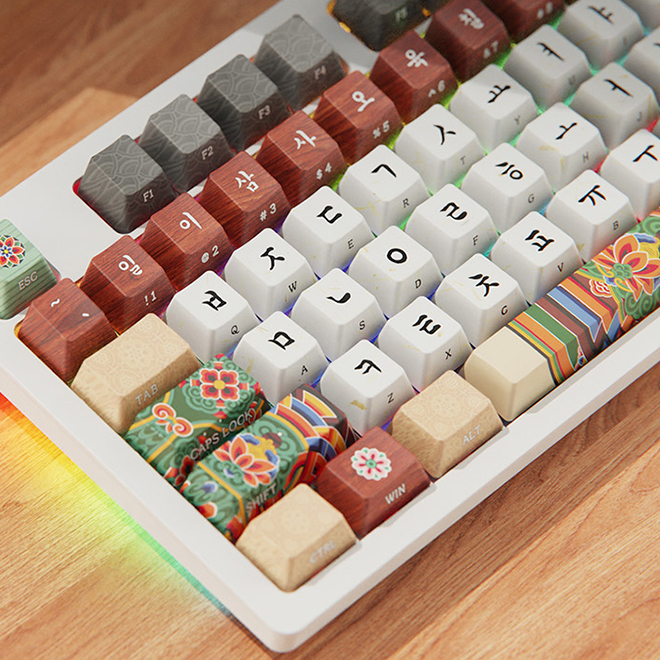The NVIDIA RTX 5090 Founders Edition: A Game-Changing Graphic Card for Enthusiasts
NVIDIA has just released the much-anticipated RTX 5000 series, with the flagship model, the RTX 5090 Founders Edition, taking center stage. After a two-year gap since the 4000 series launched, gamers have been eagerly awaiting the next level of graphical power. Let’s take a deep dive into the RTX 5090’s first impressions and performance benchmarks to see how it stacks up against its predecessor, the RTX 4090, and whether the hefty price tag is justified.
Design and Build: A Sleek, Futuristic Look
When it comes to design, the RTX 5090 Founders Edition is an impressive sight. Unboxed, the card presents a sleek, compact form that’s visually appealing. Compared to the bulky, angular design of the RTX 4090, the 5090 has a more rounded, futuristic look that gives it a more modern appeal. The card is notably slimmer, almost half the size of the RTX 4090, despite offering even more powerful performance.
The attention to detail is evident in the improved black color scheme and the refined frame design. Additionally, the ports on the 5090 have been reconfigured for better cable management. One notable change is the HDMI and DisplayPort connectors, which now have a different orientation compared to earlier models, making them easier to access and use.
Cooling System: Efficient and Quiet
NVIDIA has made significant improvements to the cooling system in the RTX 5090. Unlike the previous 4000 series, which featured a dual fan setup, the 5090 employs a more efficient single-fan system, designed for superior airflow. The new system channels air from the bottom of the card to the top, ensuring better heat dissipation. The innovative 3D vapor chamber design, paired with liquid metal thermal paste, significantly boosts heat management and minimizes thermal throttling.
Performance Improvements: Bigger Power, Bigger Results
The performance boost in the RTX 5090 is undeniable, and it’s reflected in the sheer increase in processing power. Let’s break down the key improvements:
- CUDA Cores: The 5090 boasts a substantial increase in CUDA cores, offering around 33% more computational power than the RTX 4090.
- Memory: The 5090 comes with 32GB of GDDR7 memory, an upgrade from the 24GB GDDR6X memory in the 4090. This increase allows for better bandwidth and overall performance.
- Graphics Power: The total graphics power (TGP) has risen to 525W, a notable increase from the 450W TGP of the RTX 4090. This means the card consumes more power but also delivers more impressive performance.
Benchmark tests, including 3DMark and Geekbench, demonstrate the performance leap:
- In Geekbench 6, the RTX 5090 outperformed the RTX 4090 by 19% in GPU tasks and 48% in Vulkan tests.
- The 3DMark Firestrike and Extreme tests showed a 27-33% improvement in performance, and similar gains were observed in Time Spy tests.
- Ray tracing capabilities saw a significant improvement, with up to 42% better performance in benchmarks like Speedway and Port Royal.
Gaming Performance: A Beast in 4K
When it comes to real-world gaming performance, the RTX 5090 truly shines. Testing the card on demanding titles at 4K resolution revealed substantial gains in frame rates compared to the RTX 4090:
- Cyberpunk 2077: The RTX 5090 delivered an impressive 38% better frame rates with ray tracing enabled.
- Forza Horizon 5: Frame rates were up by 23%, showcasing the card’s ability to handle even the most graphically intense titles with ease.
- Diablo 4: This title saw a 35% increase in frame rates, providing a much smoother experience.
For esports titles like League of Legends, the difference in frame rates was marginal (around 1%), but in more graphically demanding games like Lost Ark and Battlegrounds, the RTX 5090 demonstrated a 20-30% improvement in performance.
DLSS 4.0: Revolutionizing Frame Rates
NVIDIA’s DLSS technology continues to evolve, and the introduction of DLSS 4.0 on the RTX 5090 is a game-changer. DLSS (Deep Learning Super Sampling) uses AI to upscale lower-resolution images, delivering higher-quality visuals without sacrificing performance. The latest version, DLSS 4.0, incorporates Multi-Frame Generation, which generates multiple frames between actual frames, significantly boosting performance.
In tests like Cyberpunk 2077 and Hogwarts Legacy, the benefits were clear:
- DLSS 4.0 in Cyberpunk 2077 resulted in a 77% increase in average frame rates and a 92% boost in the 1% low performance.
- In Hogwarts Legacy, DLSS 4.0 increased performance by up to 261%, depending on the level of frame generation enabled.
This means that with DLSS 4.0, gamers can enjoy 4K gaming at high frame rates on monitors with refresh rates of 240Hz or higher. The ability to push high-quality visuals while maintaining smooth performance is a big win for gamers.
Price: The Cost of Power
With great power comes a hefty price tag. The RTX 5090 Founders Edition starts at $1999, which is a significant jump from the RTX 4090’s $1599 launch price. This represents an almost 25% price increase. While the increase in performance justifies the price hike to some extent, it’s worth noting that the high cost could limit the accessibility of this card to enthusiasts and professionals who need top-tier performance.
Conclusion: A Monster of a Graphics Card
The NVIDIA RTX 5090 Founders Edition sets a new standard for high-performance gaming and computing. With its sleek design, improved cooling system, and groundbreaking performance, it’s clear that NVIDIA has pushed the boundaries of what a graphics card can do. The increase in CUDA cores, memory, and ray tracing capabilities, combined with the power of DLSS 4.0, makes the RTX 5090 a must-have for gamers looking to future-proof their rigs.
However, the steep price tag may be a barrier for many, and while the performance improvements are impressive, it’s important to assess whether the increased power is necessary for your specific needs. For those who demand the absolute best, the RTX 5090 is undoubtedly a game-changer—but for others, the RTX 4090 may still be a more than capable option at a lower price point.
